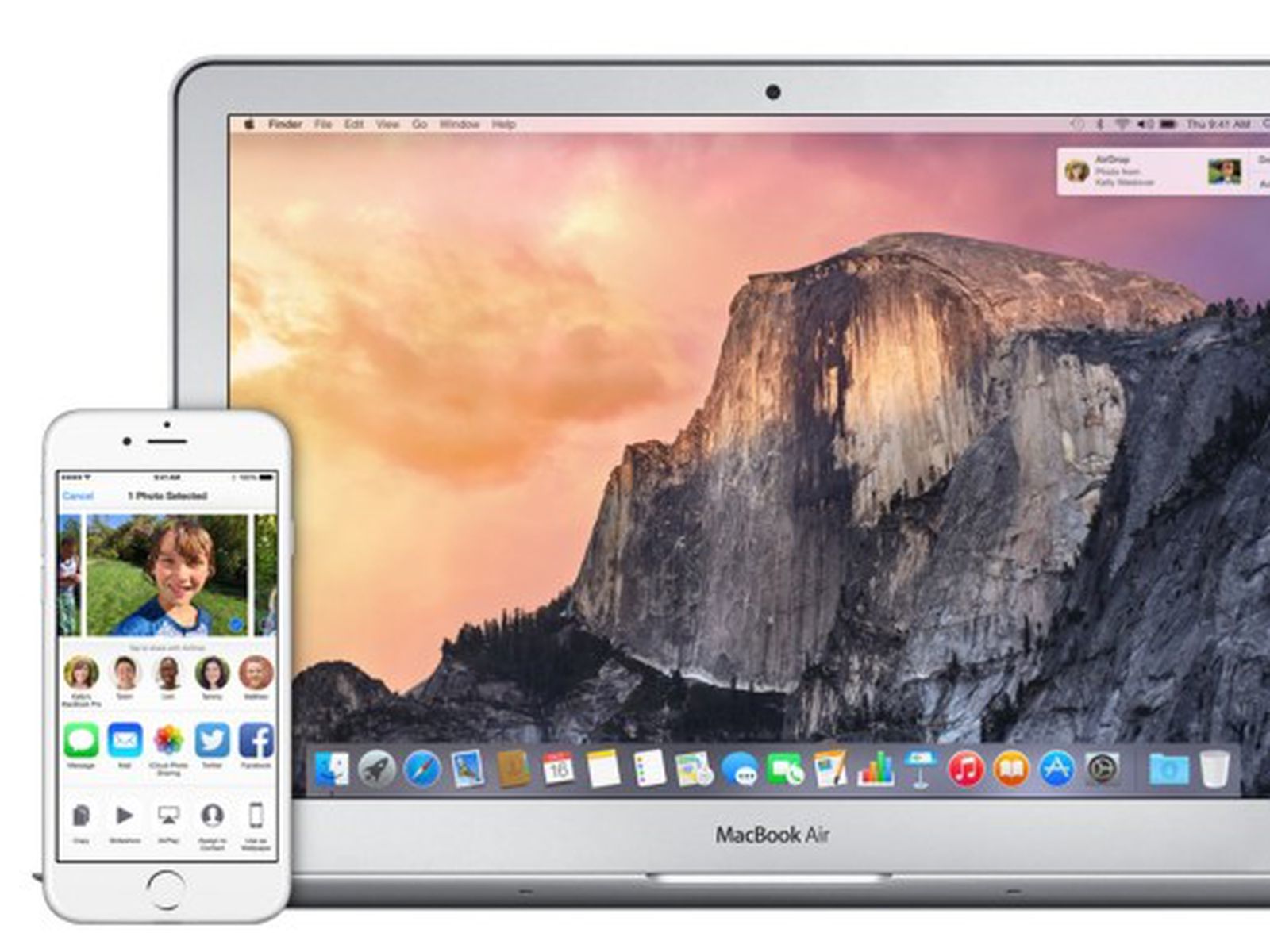- How To Transfer Apps From Mac To Macbook Pro 2020
- How To Transfer Apps From Mac To Macbook Pro Laptop
- How To Transfer Apps From Mac To Macbook Pro Mac
- How To Transfer Apps From Mac To Macbook Pro Windows 10
Are you trying to move your old Mac to a new one? It requires you to transfer a series of applications and a large number of personal data with its settings to from one Mac to another?
How to Transfer Apps From a MacBook to an iPad. The portability of an iPad makes it an ideal business tool when you need to work on the go. A great portion of the functionality of the iPad comes. Setup Assistant will ensure all your MacBook Pro's information is transferred to the new Mac, including Adobe Photoshop, MS Office, your iTunes and iPhoto Libraries, your user account name and password, all your iTunes and App Store purchases, even the pictures you see on your login screen.
When it comes to data transfer on Mac, most users will mention Migration Assistant. Yes, at most times, it is the best choice to copy all of your documents, apps, user accounts, and settings to a new Mac from another computer.

But what if your Mac computer is too old to work with Migration Assistant or Migration Assistant stuck and failed to work? While encountering such a situation, how can you transfer applications or data to new Mac without Migration Assistant?
How To Transfer Apps From Mac To Macbook Pro 2020
What will you need to transfer applications and data to new Mac without Migration Assistant?
Here, you usually have two choices, to reinstall the applications manually or using third-party Mac backup software to complete the transfer job by disk clone. I think most users will be happy to choose the latter one because it can help them save all the possible tedious jobs that might be related to the first method.
Here's a trio of Mac apps that can help keep your windows organized and your head above water. Now playing: Watch this: 3 Mac apps to get you organized 1:23. Best mac app to keep your life organized.
If it is the case, now the problem becomes how to find a reliable Mac cloning software. Here we would like to introduce EaseUS Todo Backup for Mac. With a wizard-like interface and a lot of advanced and flexible features, it can work as well as or even better than Migration Assistant in Mac data transfer.
Steps to transfer data and applications to new Mac without Migration Assistant
1. Connect the new Mac to the old machine and launch EaseUS Mac cloning software.
2. In the From drop-down list, select the old Mac disk that you want to clone.
3. In the To drop-down list, select the new Mac hard drive as the destination disk where you want to save the duplicate.
Uncheck the “Protect default OS X apps” option, and then close the window. Drag any app you don’t want into AppCleaner’s main window, click Remove, and hope that you didn’t just royally screw up. Delete system apps mac. Locate the app in the Finder. Most apps are in your Applications folder, which you can open. Macs also have no way to uninstall or install operating system features, so there’s no way to easily remove the many applications Apple included with your Mac. On OS X 10.10 Yosemite and earlier, it was possible to open a terminal window and issue commands to delete these system apps, which are located in the /Applications folder. 2 days ago Delete Apps is the app for thoroughly uninstalling applications and their associated files on your Mac. It is completely free with no hidden charges. Key features: Easily find and remove applications; Delete both the app and all its related library files (container files, caches, logs, preferences and so on). How to Delete an App on Mac from Launchpad. The first way we want to recommend to you is using.
4. Set up the disk cloning properties. Here, you are allowed to exclude files or folders if necessary.
5. Finally, click the Start button to execute the cloning operation.
The above steps will help you transfer from old Mac to new Mac with the system, data, applications and settings.
How To Transfer Apps From Mac To Macbook Pro Laptop
How To Transfer Apps From Mac To Macbook Pro Mac
